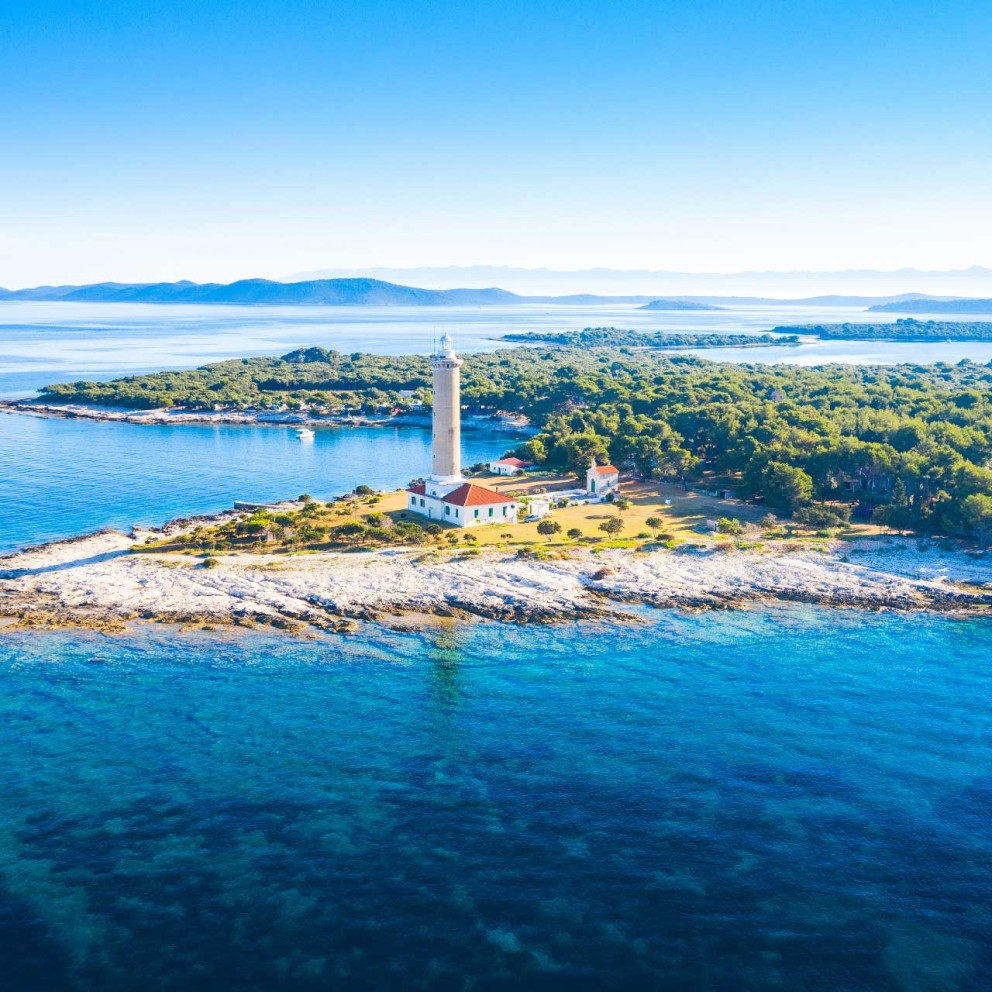
Zadar's Defensive System on UNESCO’s List
Zadar’s Fortifications on the UNESCO’s List of World Heritage Sites
2017 is the year in which Zadar has made it to the UNESCO’s list of World Heritage Sites as another Dalmatian city with rich cultural-historical heritage.
So, besides the Old City of Dubrovnik, historical complex with Diocletian’s Palace in Split, historic city of Trogir and St James’ Cathedral in Šibenik, Zadar’s fortifications have been listed as an example of transnational serial cultural heritage. Find out what it is all about and what to pay attention to while visiting Zadar:
Example of Venetian Works of Defence
UNESCO’S New Inscribed Property in 2017 which includes Zadar’s fortifications is listed as Venetian Works of Defence between the 15th and 17th century. It was the golden age of the mighty Republic of Venice, whose rule also included some of what is now Croatian territory such as Zadar region. It was an important maritime republic and a leading trading power of that time.
In order to keep and, when possible, expand their influence, the Venetians built fortifications for protection on the mainland (so-called Stato da Terra) and along the coast to defend its maritime routes and ports (so-called Stato da Mar). The defence works reflect the change in military techniques and architecture caused by the invention of gunpowder.
Transnational Cultural Heritage
The nomination of Venetian Works of Defence with altogether 15 components was a joint undertaking of Italy, Croatia and Montenegro. There are practically 1000 kilometres between the property’s northernmost location in the Italian region of Lombardy and southernmost location on the eastern Adriatic coast. Apart from fortifications in Croatia, there are four others that make up the Property: fortified city of Bergamo, fortified city of Peschiera del Garda, City Fortress of Palmanova, all of which are situated in Italy, and fortified city of Kotor in Montenegro.
Venetian Works of Defence in Croatia
Apart from Zadar’s defensive system, the Property also lists the Fort of St Nicholas in Šibenik, situated on an islet in Šibenik channel. The initial nomination included defense systems on the islands of Korčula and Hvar as well.
Zadar’s defensive system
During the Venetian rule, Zadar used to be the military and administrative centre on the Adriatic coast and the defensive system reflects its important role. Situated on the historical peninsula, the system follows the coastline and consists of the bastioned city walls and gates such as the Land Gate, an example of Renaissance works of the famous Venetian architect Michele Sanmicheli. It is probable that the entire historical core, which is now the buffer zone, will also be inscribed once the relevant recommendations have been implemented.
On the UNESCO’s list … at long last
Famous for its extraordinary beauty of nature, Zadar region also has rich cultural-historical heritage. Zadar’s historical peninsula is a true gem which continually invites the visitors to admire its unique monuments, streets, squares and defense walls. Being listed as UNESCO’s World Heritage Site is a long sought recognition of Zadar’s heritage. So, when there, walk along the defensive walls and through the gates and read about the purpose of their construction to get a better understanding of life in Zadar as it once was.







